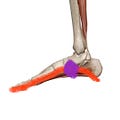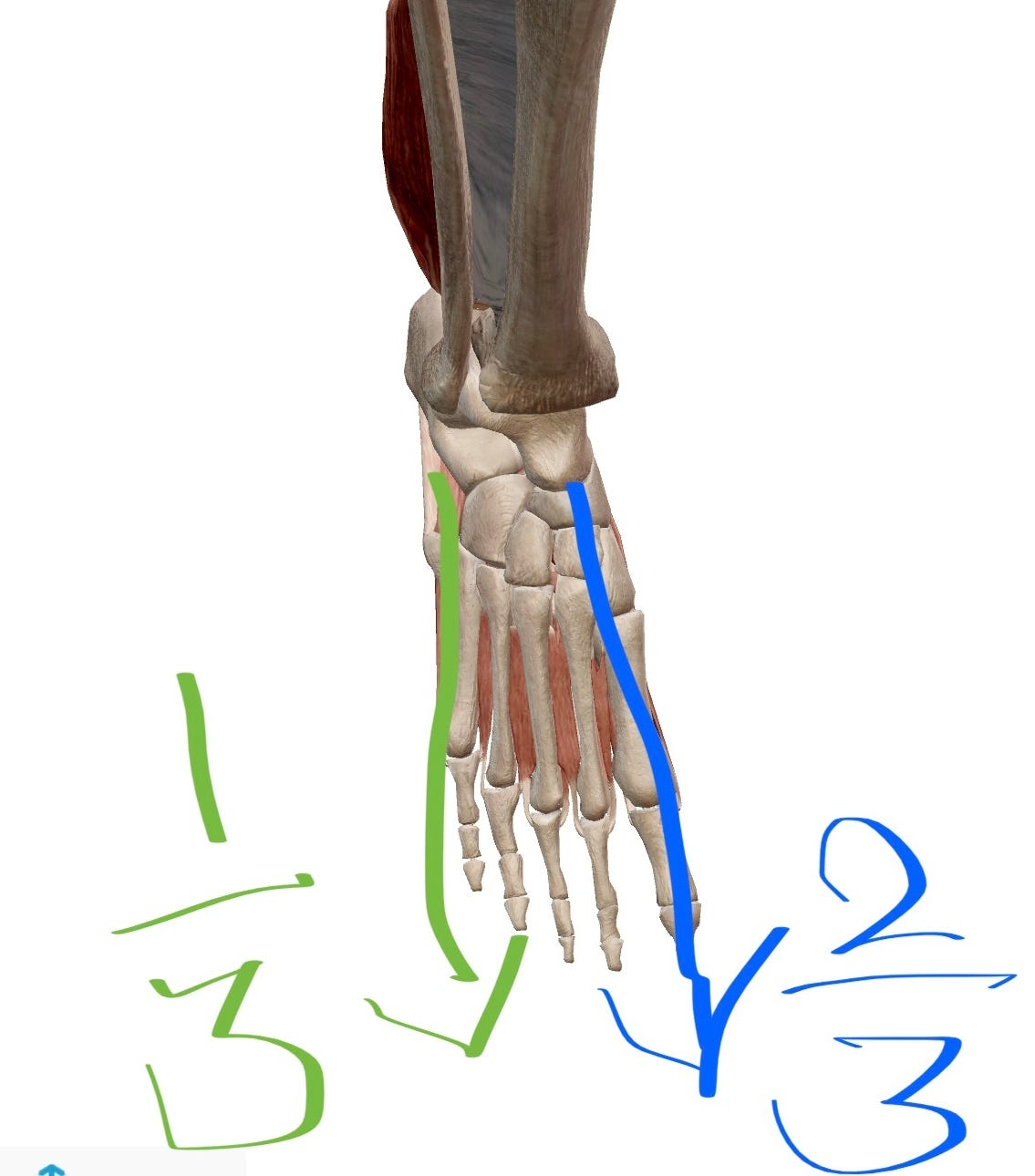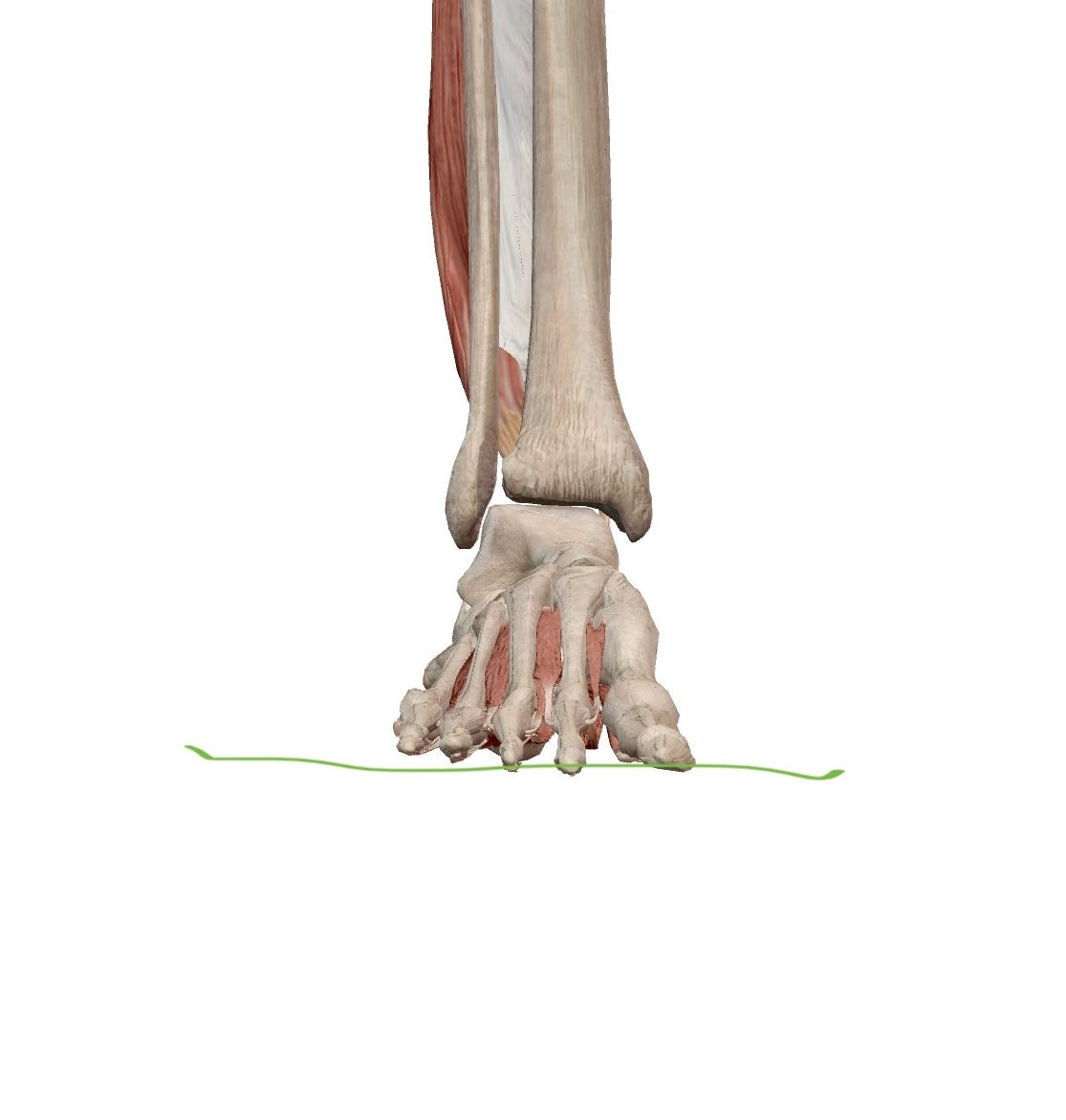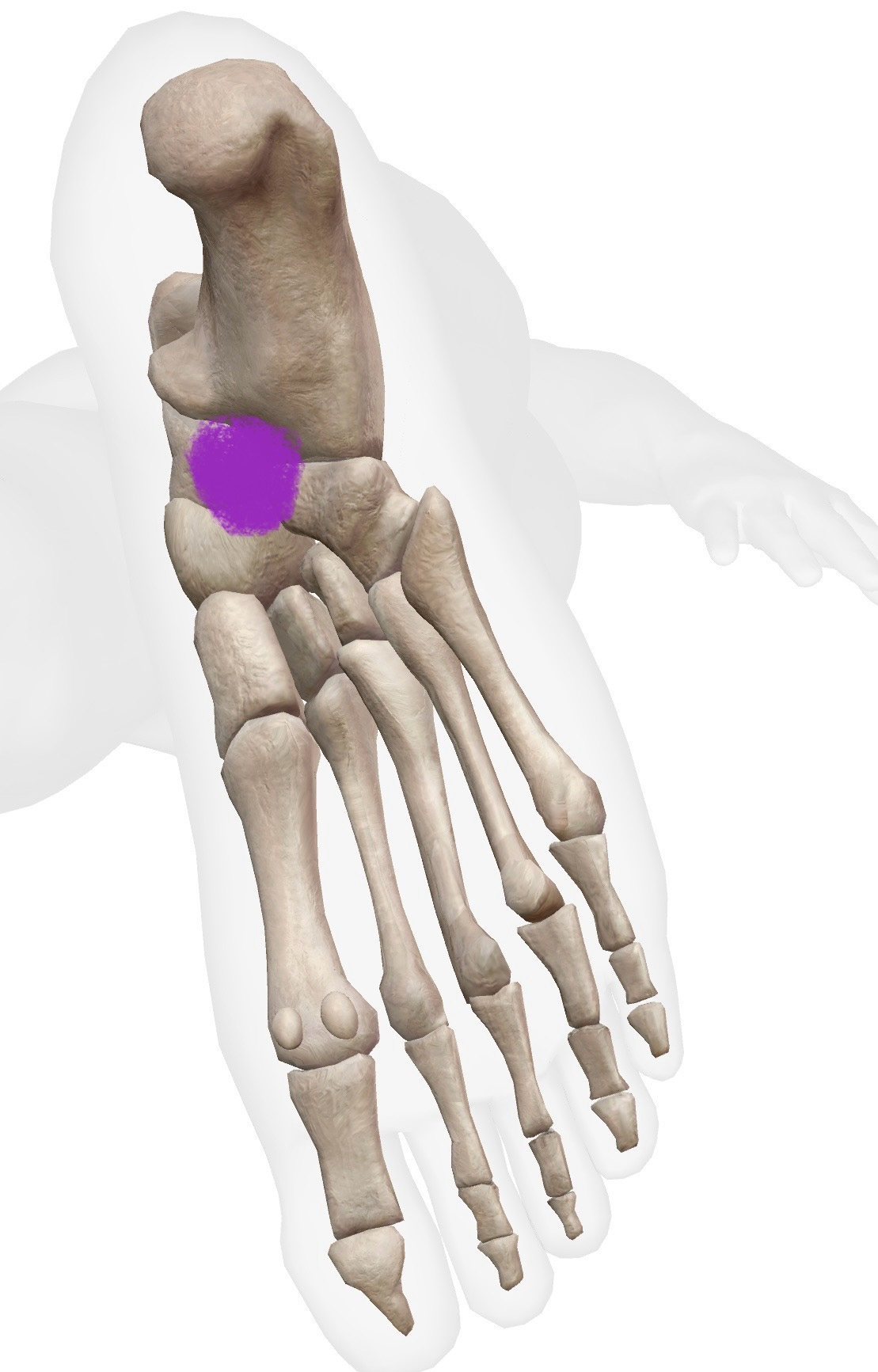OK so this movie mashup will make sense in a bit. Hang on…
Last week I gave you an overview of some basic exercises that you can play with to refine your coordination. In order to get any benefit from them, you need to have a complete set of assessment tools to know if things are trending in the right direction with your use (aka coordination). One of the things you’ll want to learn to monitor during all of these activities - and well…basically everything that you do in life - is the quality of your contact with objects.
Does that sound weird? Cause it sure feels like an awkward way to say what I mean!
I’ll expand on what I mean…
In the act of standing, you make contact with the ground via your feet.
In the act of sitting, you make contact with the chair and the ground via your butt and your feet. If you’re using a chair back, you also have contact between the chair back and your back. If you’re using an arm rest, you’ll have points of contact here too!
When I play the saxophone, my feet make contact with ground, the neck strap connects the weight of the instrument to my neck, my thumbs rest flat on the body of the instrument, and the mouthpiece makes contact with my mouth. Each point of contact gives me information about the quality of my connection with myself and the horn and they ALL play a key role in generating great sound.
During a lie down, you make a lot of contact. Your head makes contact with the book. Your whole back and hips make contact with the ground. Your upper arms make contact with the ground. And your feet make contact with the ground. Lie downs are designed to give you a big feeling of well supported contact. Enjoy them!
When you swim, you actually don’t have any contact with anything! I mean, you clearly touch water, but the water doesn’t have enough structure to support you on its own. You need to paddle or float on your back to stay alive.
Noticing where and how you make contact gives you a great way to feel how you are using yourself. This quality of contact is a subset of the overall quality of your weight so don’t let either the tension in your neck or the quality of contact with you feet on the ground become some dominant force in your observation skills. Try to stay simple, quiet, and additive in your thinking and all will be well.
When I do anything, I have a sense of the entire volume of myself and can feel the quality of contact that I have. I know that my head, neck, and back are driving my coordination and my contact with the world around me effectively gives me traction for movement.
If you have good traction, it is easier to do the things you want to do!
Footloose
Given this general description of contact, let’s take a look at how the feet play a role in contact. I’ll write posts on hips and hands later. I promise!
But before I go into detail on the feet, I want to point out that you can make any kind of contact with the ground that you like. If you step on a Lego, you certainly won’t make some ideal connection with the ground. You’ll probably roll your ankle a little and scream a bit. I’d call that a perfectly reasonable reaction.
Ankles can roll.
Toes can grip.
We just want to tend to avoid those Legos if we can.
With all of that said, let’s take a look at how your weight should distribute through the feet in standing.
As you can see in the image above, I’ve drawn lines along the big toe and pinkie toe. I suggest that the weight should be biased towards the inside of the foot with about 2/3rds of your weight going along that inside channel.
A lot of my students tend to place extra weight on the outside of the foot along the pinkie toe. This is the result of extraneous tension in the neck (and by extension the torso, hips, and legs). In a lesson, bring far more attention to the head, neck, and back than the feet because you cannot directly make the feet balance in this (2/3rd, 1/3rd) manner. Your weight will redistribute in a general way as you work with the Alexander Technique.
To see what I mean by this, check out the view of the foot below. Notice that each and every one of the toes is making contact with the ‘floor’ along the ball of the foot (apologies for my poor green line that doesn’t quite capture my meaning).
If you’re sitting in a chair or standing up and your feet are resting on the ground, you should feel the feet making flush contact with the ground without pressing into the ground forcefully; they should be resting comfortably. Ideally, you will also feel that the muscles in between the toes are spongy and that your shoes don’t cram your toes into one another.
What Does Good Foot Contact Feel Like?
Assuming that you are using yourself in a generally efficient manner, the contact with the feet will create a particularly springy feeling through the arches. You will feel that the front portion of the heel can really support your weight. Just like an architectural arch, you will be able to feel the keystone of the foot (highlighted in purple below).
Take a look at the image bellow for a different view of the keystone.
This type of contact is best felt while standing. In sitting, the chair is supporting the vast majority of your weight and you’ll only have a little weight going through the feet. The effect will be there, but it will not be felt strongly.
What Does A Spongy Foot Look Like?
When we have extraneous tension in the feet, they tend to hit the ground like slabs of granite and send shockwaves up the legs. It feels jarring.
When things are tending in the right direction, we get to feel all of the muscle fibres of the feet moving in supple and supportive ways. It reminds me of an elephant’s foot landing in the sand. Check out how much cushion and support these guys have!
There are obviously some massive anatomical differences between our feet and those of an elephant. For starters, elephants walk on their toes. But hopefully, this video gives you an idea of just how soft and strong your own feet can be while walking.






